Welding, though a highly skilled and intricate trade, is not without its challenges. Welding defects can compromise the structural integrity and aesthetic appeal of your work. In this comprehensive guide, we’ll delve into common welding defects and equip you with the knowledge to avoid them, ensuring your welds are not only robust but also visually impeccable.
1. Porosity:
Identification: Porosity appears as small, irregular cavities or bubbles in the weld metal, caused by gas entrapment during the solidification process.
Prevention:
- Use clean base materials free of rust, paint, and contaminants.
- Maintain proper gas flow and shielding gas quality.
- Check welding consumables for moisture content before use.
2. Undercutting:
Identification: Undercutting is the groove formation along the base metal, usually at the weld toe, resulting from excessive melting of the base metal.
Prevention:
- Regulate welding parameters to avoid excessive heat.
- Use the correct electrode size and maintain a steady welding speed.
- Ensure proper joint preparation and edge geometry.
3. Spatter:
Identification: Spatter refers to the unwanted splattering of molten metal droplets around the welding area.
Prevention:
- Optimize welding parameters, such as voltage and wire feed speed.
- Keep the welding gun at the correct angle and distance.
- Utilize anti-spatter solutions or sprays.
4. Cracks:
Identification: Cracks can manifest as longitudinal or transverse lines on the weld surface or within the weld metal.
Prevention:
- Control cooling rates by preheating and post-weld heat treatment.
- Select appropriate welding techniques for the specific joint configuration.
- Inspect base materials for any existing cracks before welding.
5. Incomplete Penetration:
Identification: Incomplete penetration occurs when the weld does not fully penetrate the joint, leaving an unfilled groove.
Prevention:
- Adjust welding parameters to achieve sufficient penetration.
- Ensure proper joint preparation and fit-up.
- Use the correct electrode size for the given joint thickness.
6. Distortion:
Identification: Distortion results in the warping or bending of the workpiece due to uneven heating and cooling during welding.
Prevention:
- Employ tack welds to secure components before the final weld.
- Weld in a sequence that minimizes heat buildup.
- Use fixtures and jigs to maintain proper alignment.
7. Inclusions:
Identification: Inclusions are non-metallic particles trapped in the weld metal, often appearing as dark spots.
Prevention:
- Ensure proper cleaning of base materials.
- Implement proper joint preparation and fit-up.
- Optimize welding techniques to minimize the likelihood of inclusions.
8. Lack of Fusion:
Identification: Lack of fusion occurs when the weld metal fails to fuse with the base metal or the previous weld pass.
Prevention:
- Achieve proper inter-run fusion by adjusting welding parameters.
- Ensure adequate overlap between weld passes.
- Maintain a consistent travel speed.
Conclusion:
By understanding the characteristics of common welding defects and implementing proactive prevention measures, you elevate the quality of your welds and solidify your reputation as a skilled and conscientious welder. Continuous learning, attention to detail, and adherence to best practices will undoubtedly contribute to flawless welds and the longevity of your welding projects. Mastering the art of welding is not just about technique; it’s about craftsmanship and a commitment to excellence.

